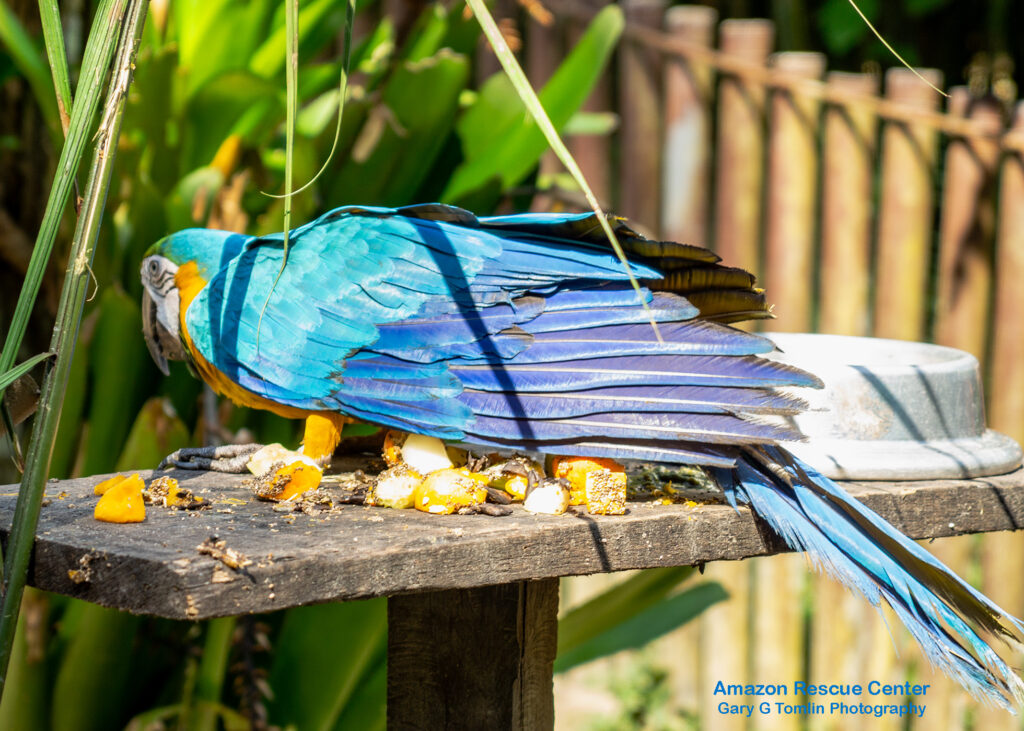
By Gary Tomlin
The Amazon Rescue Centre is a classy, focused investment in wildlife preservation by the Dallas World Aquarium, in Texas. It has been designed and equipped to provide adequate care and temporary housing to the distressed animals that the customs service and law-enforcement agents have recovered from smugglers and poachers. Injured animals from throughout Amazonia are brought here and given a second chance.
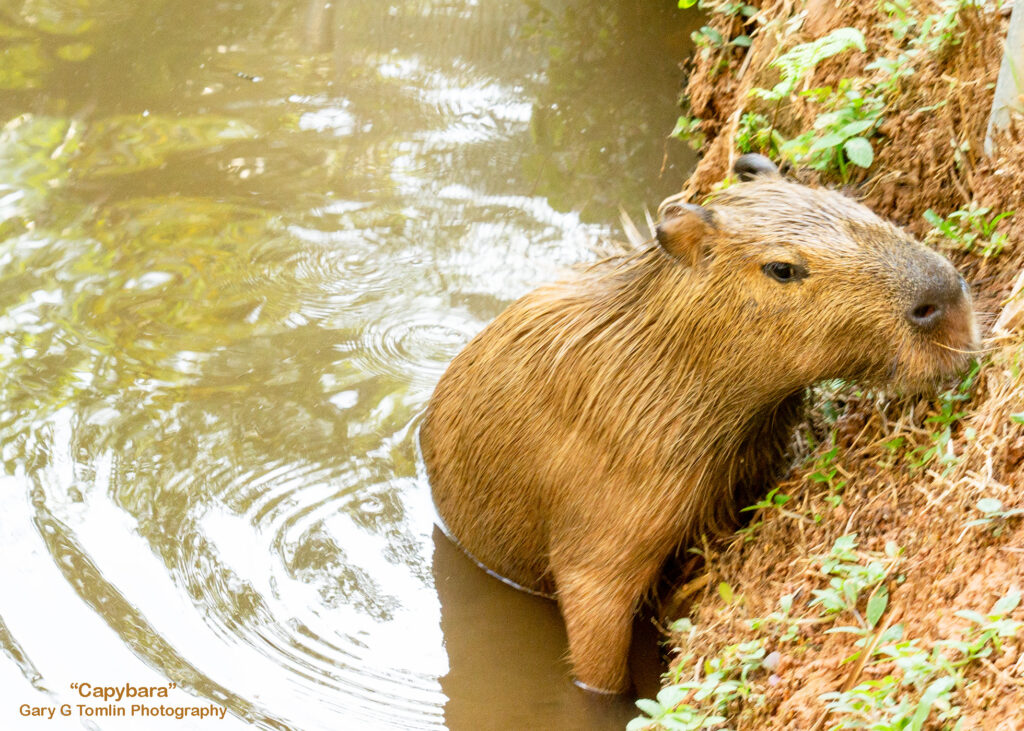
The tour brings you face-to-face with many of the wild species of the Amazon that you would only get fleeting glimpses if you went to their habitat. Currently visitors can get an up-close look at loud, colorful birds that cannot fly, and show no fear of you. There are playful monkeys, the ugliest reptiles and amphibians in nature, and a heart-melting, pig-looking thing called a capybara.
Capybara’s are the largest rodent species, and they are so cute they’re becoming a cult on social media.
There are two pools for immature manatees. One holds two that are over one year old and the other other holds three that are younger. There are three more manatees confined to a natural lagoon growing towards maturity and their release date later this year.
Each one leaves with a radio tracking device and the Center’s team monitor’s them daily to understand their behavior, travel paths and various aspects of their life. In it’s 17-years of existence The Center has rehabilitated and returned 33 manatees to the rivers. All have survived and the tour guide emphasized the important thing: all the females have had babies and are thriving.
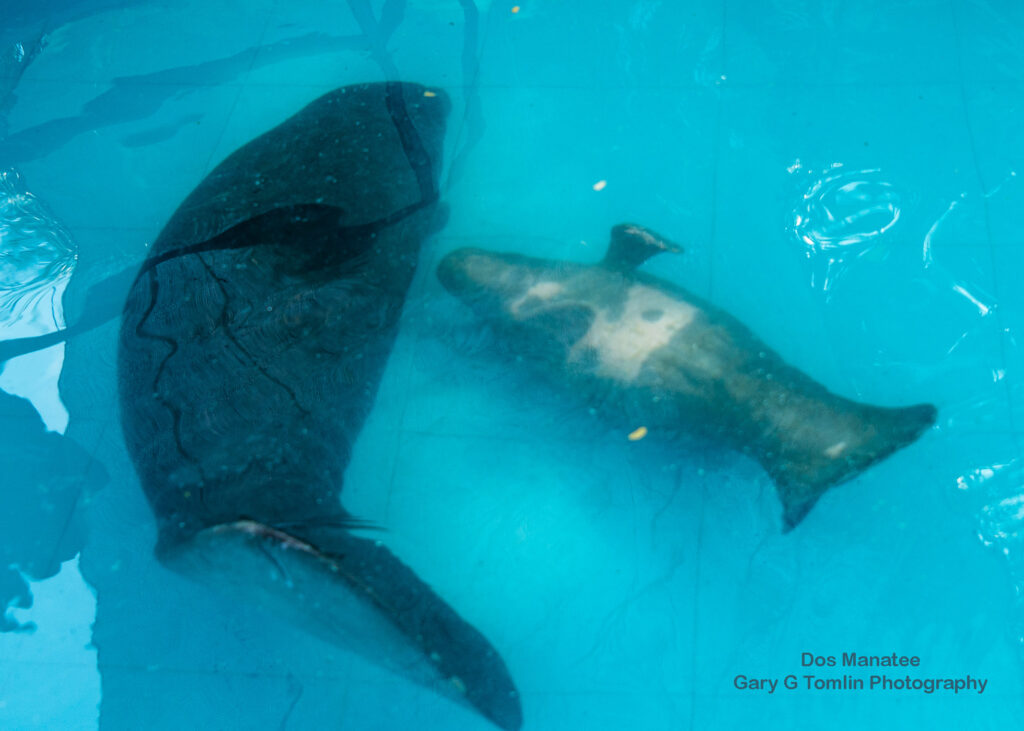
It started in Peru, in 2007, when the Dallas World Aquarium was asked to assist with the care of four orphaned manatees that were placed temporarily in a pool at a private residence. Immediately they sent food and medical supplies and funds to pay for the care of the orphans. That evolved into partnerships with Peruvian conservation agencies, investment and construction of the rehab center and the educational program.
The manatees preferred forage is a surface growing plant called river lettuce. It can spread over a large areas and screen the sunlight from the water. A mature manatee can eat 40 kg a day, and they help keep the prolific lettuce in check and the waters open to fishermen.
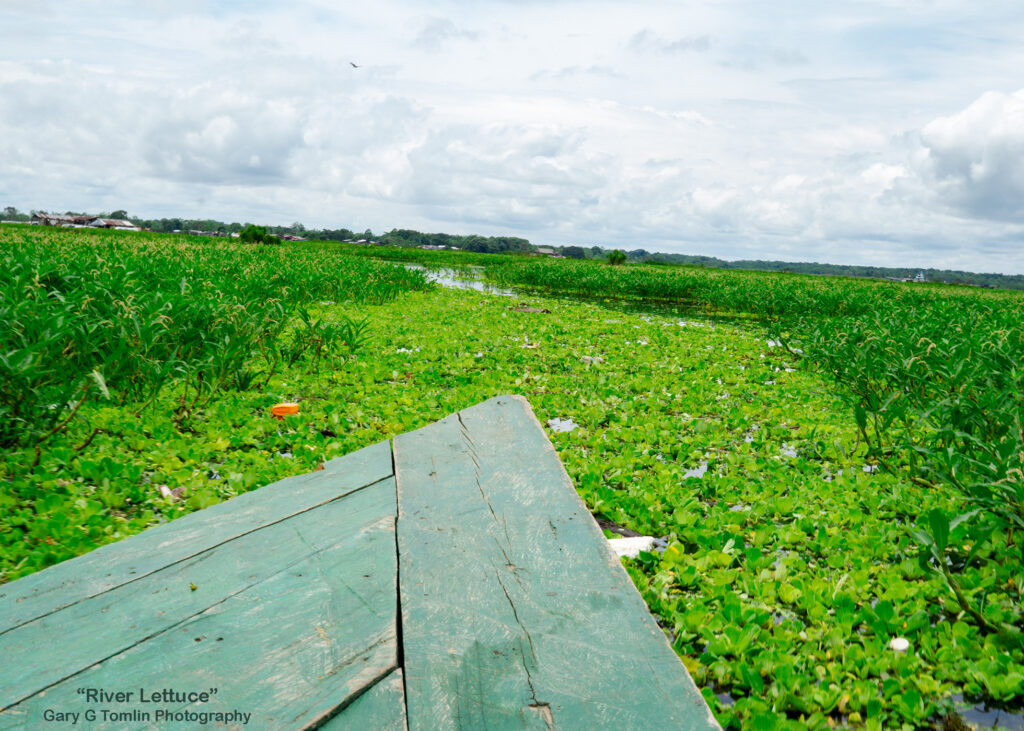
Manatees have to surface every 10 minutes or so to breathe. Contact with boat propellers is the biggest threat to their existence, and the most common injuries to the ones who are brought here.
Additionally, they are rehabilitating an array of brightly feathered parrots and toucans that cannot fly because their feathers were clipped to prevent flight by the smugglers from whom the birds were recovered. It takes about two years for the feathers to grow back and the birds to regain flight and self-sufficiency.
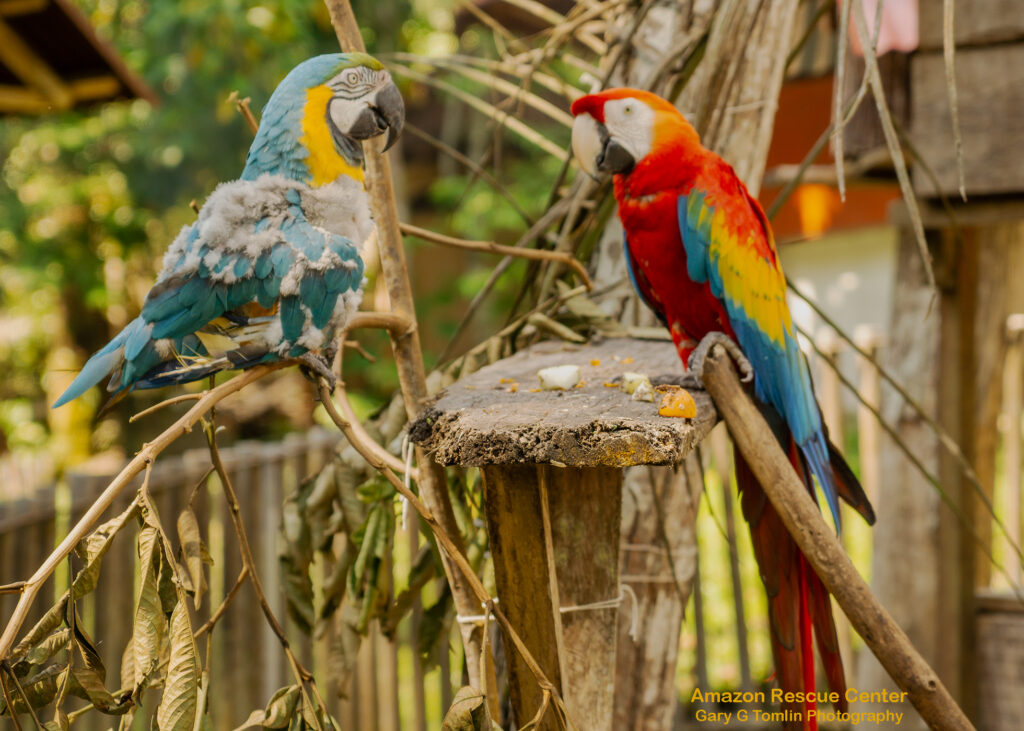
The Center’s rehab operation has a parallel mission of impressive and ongoing investment in environmental education. Amazon Forever is an educational park for children adjacent to the rehab facilities. They believe the children are the present, and there is immediate and positive impact from teaching children how to love, respect and care for the rainforest. A portion of the White Sand Forest is set aside for interpretive and interactive displays. It is the second phase of the tour.
They have created cartoon type characters and made coloring books and comic books of their exploits and positive interactions with nature. These characters present direct and relevant educational links to thousands of children.
Huayo is an adorable cartoonish character named after a mythical and magical jungle plant. According to the Director of Amazon Forever, Javier Velásquez Varela, “The complete language of conservation and environmental problems are translated into a format that children at home and at school can understand and internalize.”
They develop stories told by Huayo and his friends that talk about ecology, the manatee, sustainable management of water supply, and wildlife trafficking. Last year The Center trained 20 teachers on the Huayo educational package, who reached over 600 students. The program continues to grow.
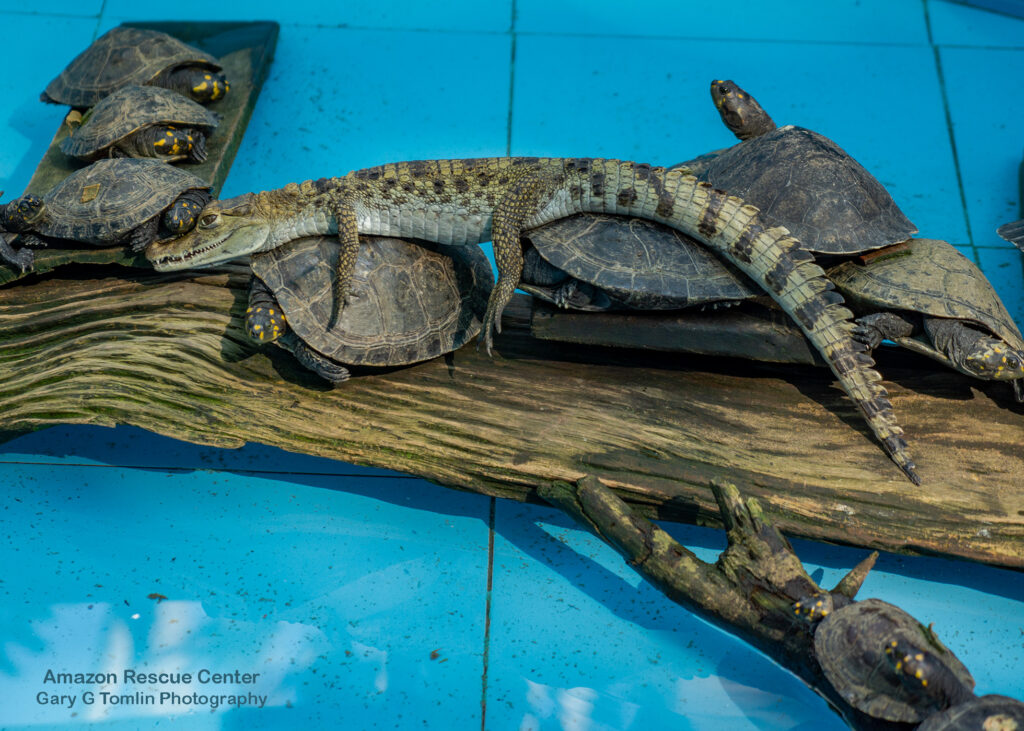
Amazon Rescue Center’s place and growth is secure with the ongoing support from the Dallas World Aquarium, and it’s founder Daryl Richardson. It is a long standing anchor in that city’s trendy, West End Marketplace. They fund this facility and actively work with conservation projects in Costa Rica, Brazil, Venezuela and Mexico.
River dolphins, otters, anteaters, and jaguars are among the species that have passed through this facility on their successful return to the wilds.
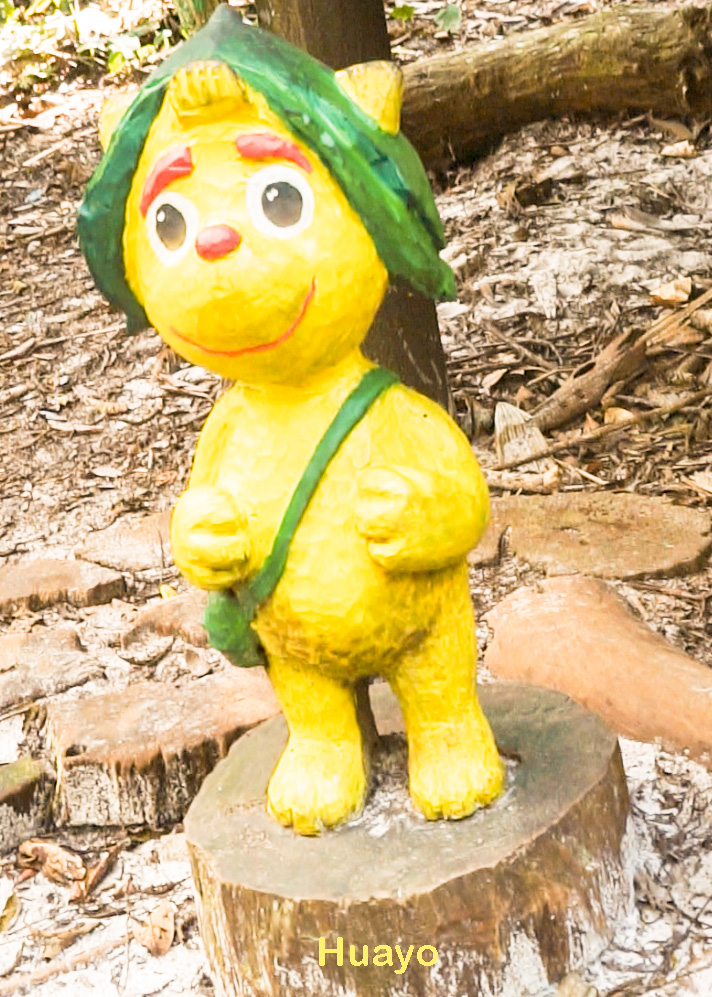
# 30 #


3 responses to “Amazon Travel part 6: Manatee Forever”
I like to think Capybaras are my son’s spirit animals; he was born in China in the Year of the Water Rat, and he has also been at the top of the percentile rankings for height and weight since birth for his age; his last 4-year-old checkup had him at th 97th and 95th percentiles relatively. Anyway, without gushing too much, I was DELIGHTED to see the highlight. Fascinating how the partnership between the Dallas World Aquarium and Peruvian conservation organizations began and continues today–I wonder if more such partnerships are just a simple request away from materializing.
Thank you, Gary. I eagerly await more insights and inspirations.
Wow! I want to volunteer at this place! I live how you paint a picture of where you are and what is going on g on around you. You are in your element Gary!
Gt, I swam with the Mantee in the Crystal River in Florida in 80 when I was down there….One of the coolest things I have ever done. Fun story there guy. Have you made it out of SA yet? Where are you headed to next Waldo?